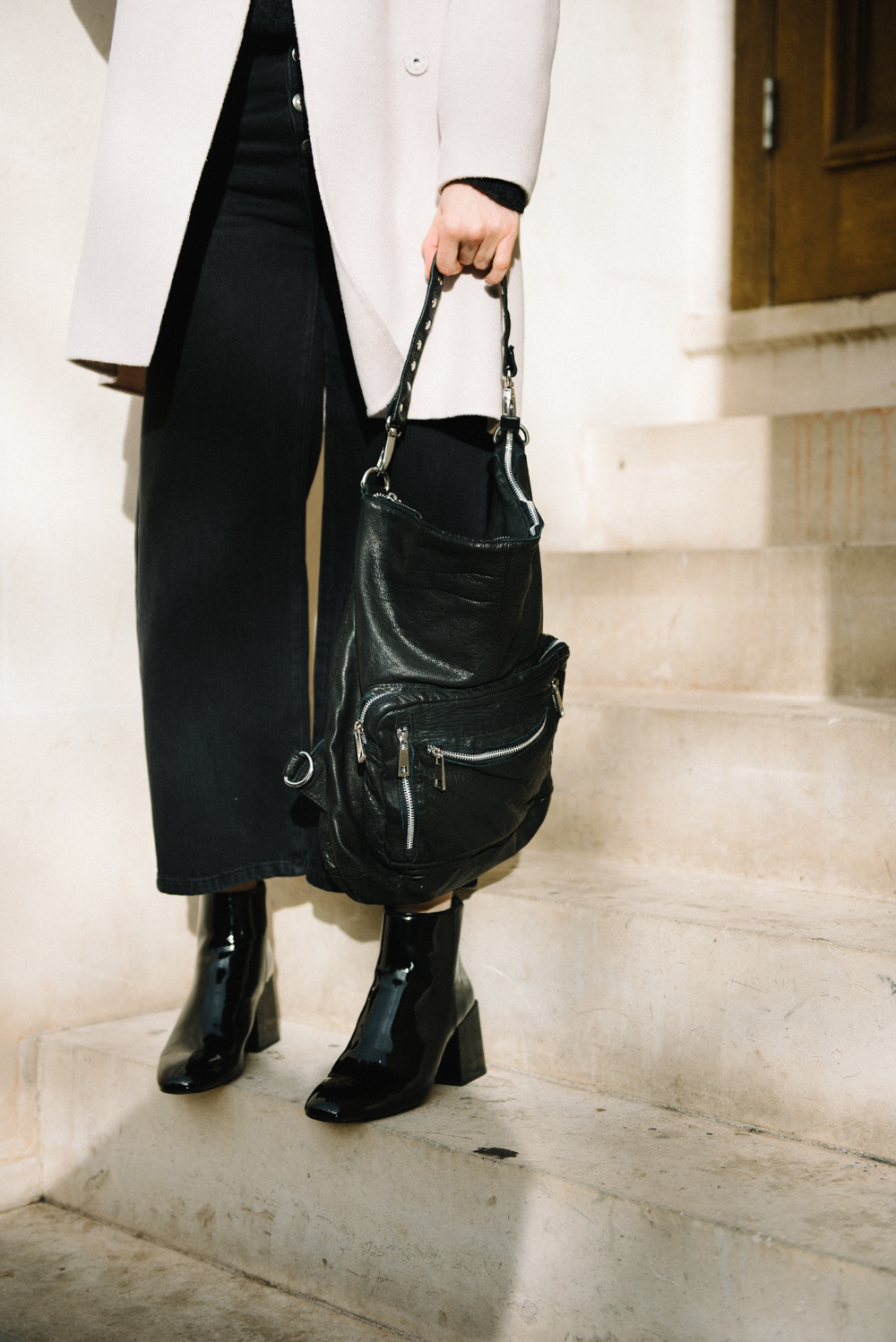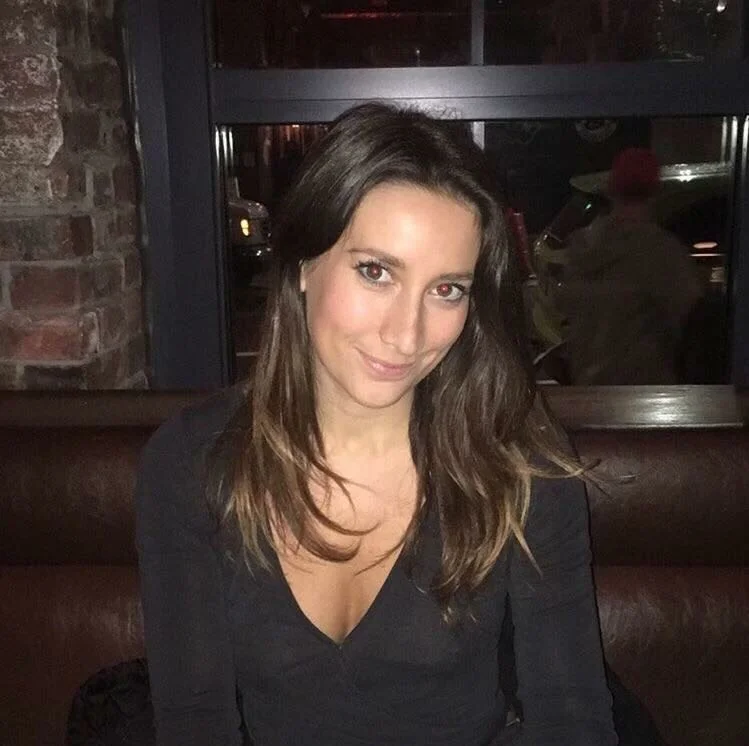Fashion brands that start selling at wholesale can often find themselves acquiring lots of new skills; one of the biggest hurdles to get over can be learning what does and doesn’t work when you’re pitching to potential new B2B (business to business) customers.
Pitching, especially in person, can be quite nerve-wracking, particularly when you know they could be a great new wholesale customer for your brand. You’re in the right place; this post should help get you on the right track so you can sell your brand in the best possible way!
In this post, I’ll give you my advice; giving you tips on what works for me and what appeals to me as a fashion buyer. I’ve been on both sides a lot over the years; as both the person pitching my collections (for independent brands) and the buyer being pitched to at brands including Topshop, Next and New Look.
The situations where you’re most likely to be pitching are on emails, on the phone, at trade shows or if you’re showing your collection to the brand in person - perhaps at their office or shop. The principles are the same whatever the situation so I’ve pulled together my general tips below.
My 10 tips for pitching your brand to wholesale customers are:
1. Focus on how it will benefit them to have your brand
There’s often a slight shift in focus when you’re working with B2B wholesale customers; they’re businesses themselves so they’ll invest in products they think will sell well to their customers and fit into the range in their stores. It’s your job to prove that your brand will do this!
When selling at wholesale, your focus should always be on what can you do for them rather than (only) shouting about how great you are! Whilst you should always be trying to show off about what you do, what’s new and what’s unique about your brand it should always come back to how they can’t get what you have elsewhere and therefore need to stock your brand.
2. Research the brand and the buyer
When I work with brands preparing them for pitching I spend around 90% of my time researching beforehand. The most successful brands (selling at wholesale) are those that target the right brands and make their pitches personal.
Don’t be afraid to use the information you glean from the internet and their social media in your contact with them as it will show that you know what you’re talking about. You could reference details about their store on your last visit or something that you noticed on their social media that relates to your brand. For instance, if a customer’s focus currently seems to be on Scandi fashion then play up the relevant aspects of your brand.
If you know of some local information which might impact on their store, then mention it e.g. if you’re aware that a store in their town stocks a rival brand. Talk about how you can help them and fill in a gap. Basically, you should try and think from their point of view and show that you know what they’re motivated by.
3. Make a point of using the name of the right contact
This and the last tip go hand in hand; the buyers, wholesale customers and owners of potential wholesale customers get lots of new brands contacting them each week so the more personal you can make the relationship with the buyer the better chance you have.
Addressing the right person by their name will go a long way to starting to make your approach more personal, thoughtful and getting their attention. If you’ve already been in touch with them on social media and found a connection with each other then definitely reference that to jog their memory.
In smaller independent stores the buyer is often the owner so targeting them is the best approach. It’s usually possible to find their name online via google or places like LinkedIn if it’s not on their website. In big companies, you will be looking for the buyers that have titles like ‘brands buyer’.
4. Start out with independents
I know brands that have been discovered by big high street retailers; for instance, I know of one that was found on ASOS Marketplace. Whilst this is possible, it is much more common for brands to build up a loyal and avid fan base of independent stores that sell their products at wholesale.
My advice is to start out by targeting the small independents that are most relevant to your brand first and build your wholesale business from there. Once they have a following then large retailers can come along a little down the line. They'll be most interested when they know you have a track record of selling well and delivering your product on time.
5. Focus on visuals rather than words
As fashion brands, the best way to stand out is through your beautiful product and the images you use to illustrate who you are.
When you're emailing make what you send out visual with key images from your lookbook or a recent shoot. Add a PDF attachment with a lookbook on an email but be aware that many will not open it; adding some beautiful images to the email itself could help to get around this.
It goes without saying that f you’re pitching in person or at a trade show then your priority should be on grabbing attention with amazing visuals that do your brand justice.
6. Consider mailing out a pack to retailers rather than emailing
Most of the brands I work with email rather than post as it’s more cost-effective but mailing out a beautiful pack can be an effective route these days; yours could really stand out as fewer brands take this route.
This approach would work best for a brand that has an extremely strong set of images that might get missed in an email. Whilst email attachments of lookbooks may not get opened a lookbook sent in the post could be more likely to be opened if it’s of high quality, addressed to a person and doesn’t look like a generic mailshot.
7. Brush up on your product knowledge and figures
Make sure you're 100% up to date with everything you need to know regarding your brand as you might get asked quite specific questions about the range or your sales.
Know your USP (unique selling point) and product inside out; tell your story and show your product by giving insight into what goes into making your brand who you are. Be prepared by knowing what branding will be on which style and where each style was made
Ensure you’re up to date with your brands figures: know your retail selling prices, wholesale list prices or what discounts you will be offering off the top of your head.
Have information ready about how well your products have sold already, who’s buying into it (or interested), what styles are selling well and any media interest you've had on particular styles.
8. Practice
Practice your pitch beforehand and it will flow much better! There are some great resources online that can help with presentation nerves and practical tips for engaging with your audience. I find that knowing a bit about the audience and thinking about how it might go help me. The research you’ve done can help with this side of things!
9. Be flexible
Adapt to what is being said by the buyer and listen to them; this is where it becomes key to know your pitch inside out as you need to be ready to jump to a different section as needed.
Pay attention to the buyer and what he/she are saying to you in terms of body language as well as their words. Be able to change tact to what feels right at a moment’s notice and play up what you do if it fits in with what they’re looking for.
10. Follow up and get feedback
Make sure you have their card or check that you have their correct details. Follow up with an email later that day to say it was nice to meet them and if they have any queries then please don’t hesitate to call them. Answer any follow-up emails or calls quickly!
If it goes well, then you’ll start to talk about orders during their next phase. Don’t be downhearted if it doesn’t go 100% to plan. This really is about building relationships on a long-term basis. The buyer may be on the lookout for something slightly different at that time so don’t take it personally if it doesn’t go any further. Keep in touch as there may come a time that it will go further in the future.
Take a look at my blog and website for more insight into wholesale; I also discuss these points in more detail in my Essential Guide to Wholesale.
In my guide, I talk through, in detail, how a pitch will actually go in person. I also give practical advice for your wholesale problems like what the correct wholesale list prices are, when you should be selling, advice on pitching to buyers and much more.
In addition to my guides and I offer a spreadsheet of 300 potential customers details at nicoledavidson.co.uk. It's a great tool for targeting the wholesale customers that are right for your brand.

































